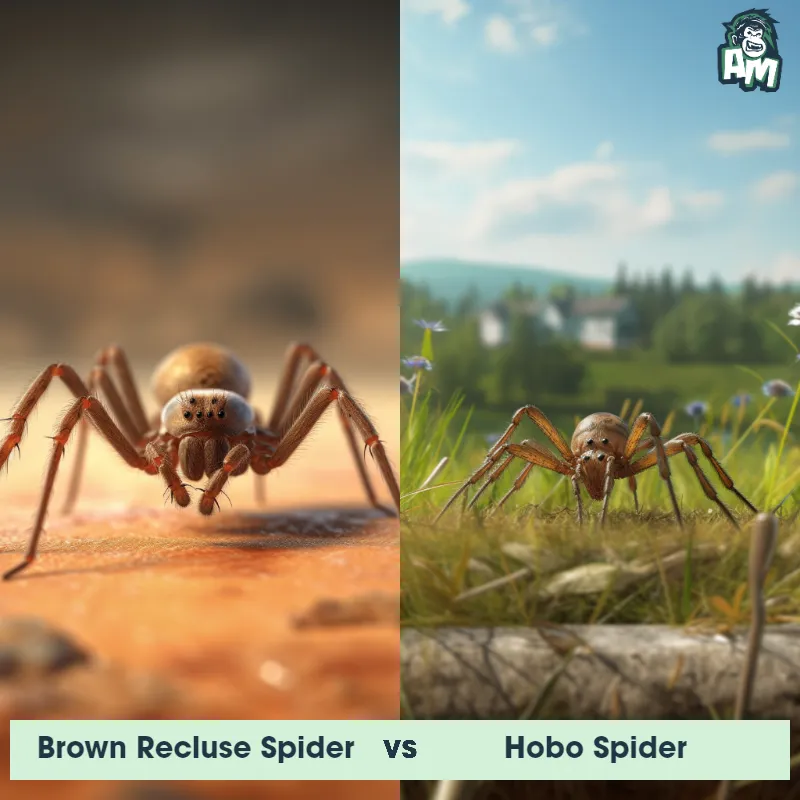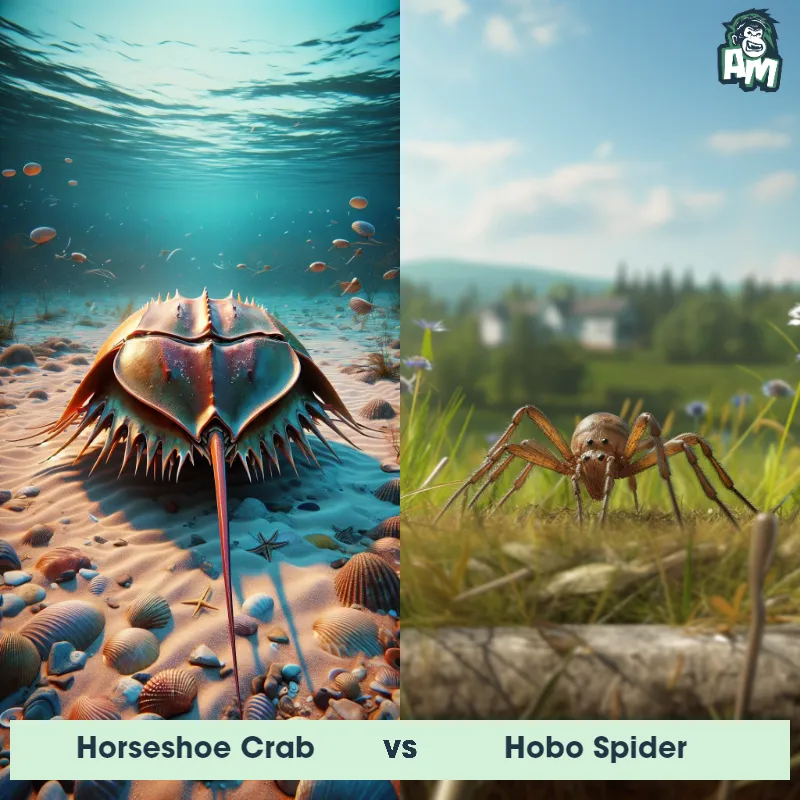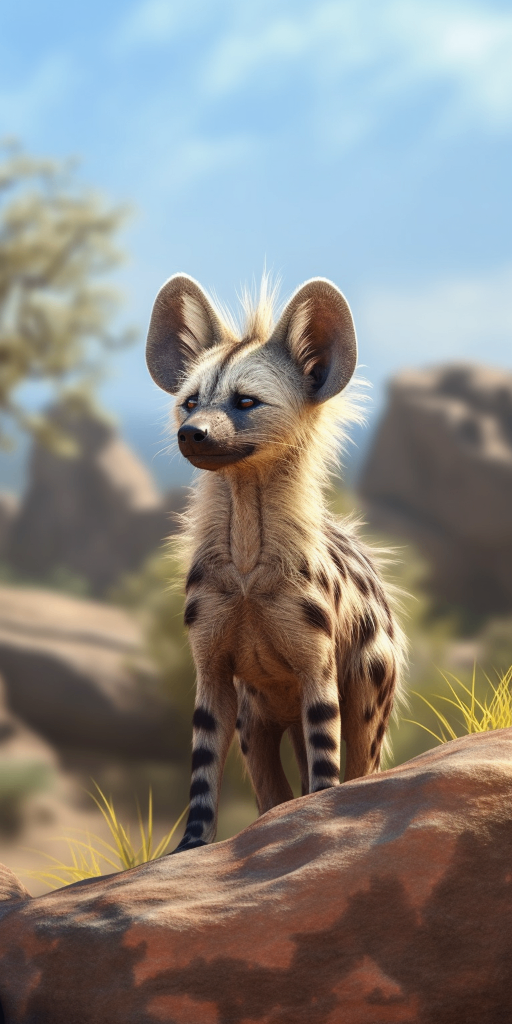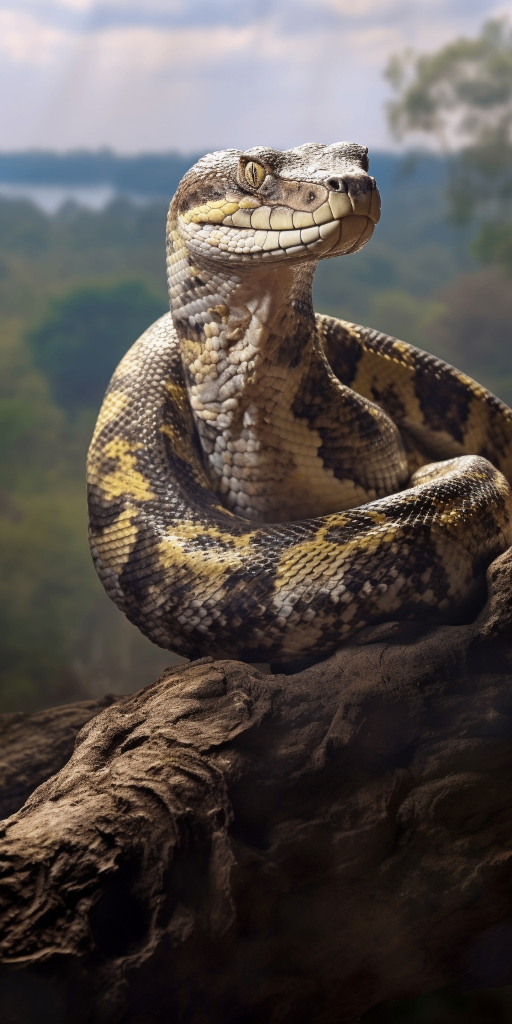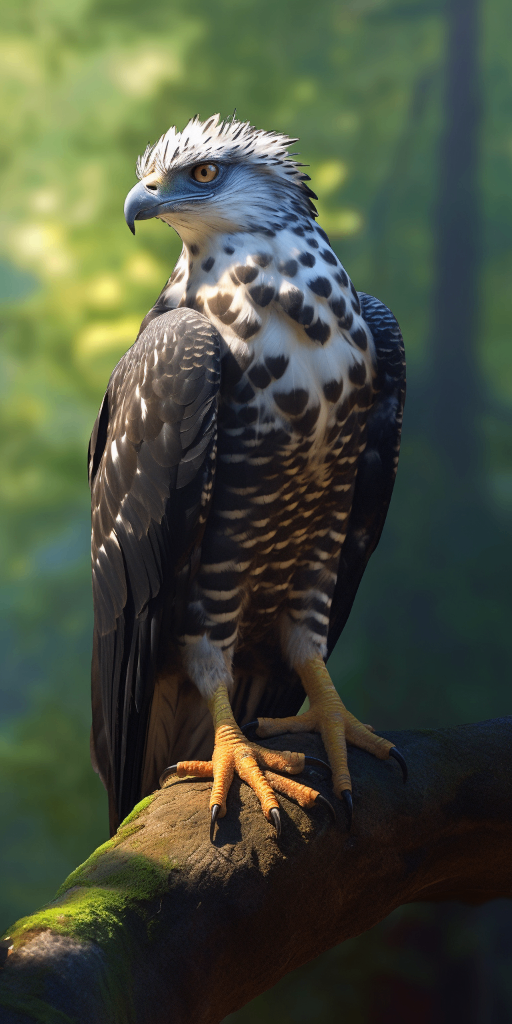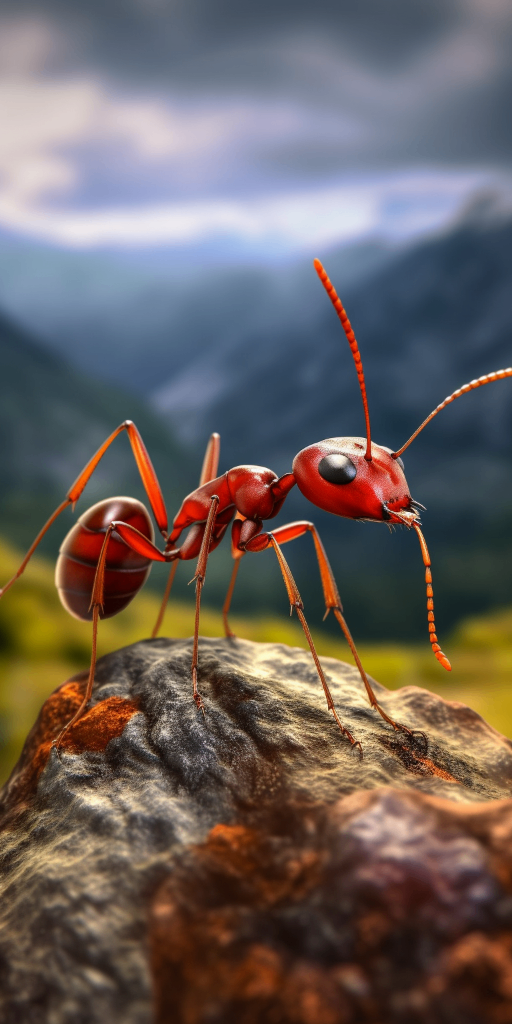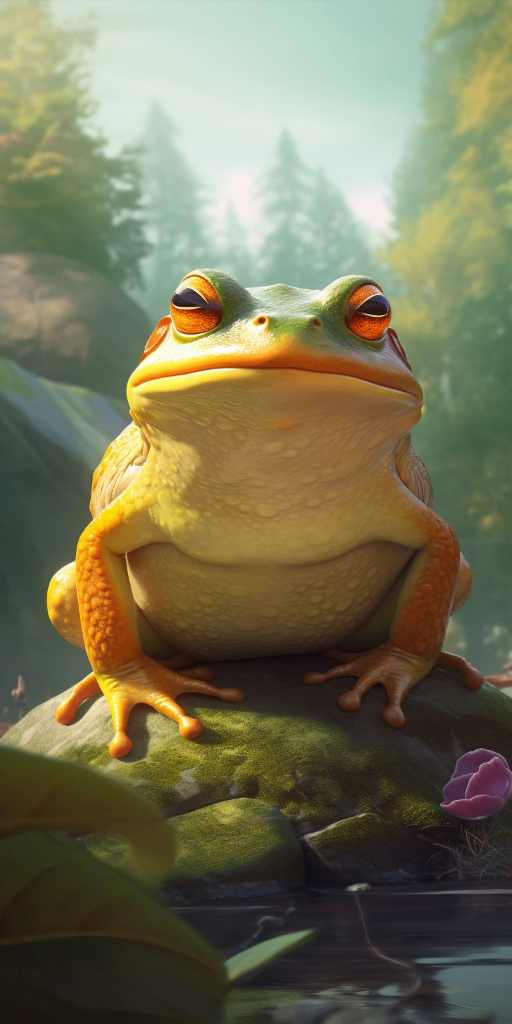The Hobo Spider
The Hobo Spider, also known as Tegenaria agrestis, is a venomous spider found in North America and Europe. It has a dark brown or grayish coloration, with a distinct pattern of yellow markings on its abdomen. The Hobo Spider measures about 1/2 to 2/3 inches in length and has long, hairy legs. Unlike other spiders, it lacks a bulbous abdomen and its body shape resembles that of a funnel. Its venom is not lethal to humans, but a bite can cause necrotic wounds accompanied by mild symptoms such as headaches and nausea.
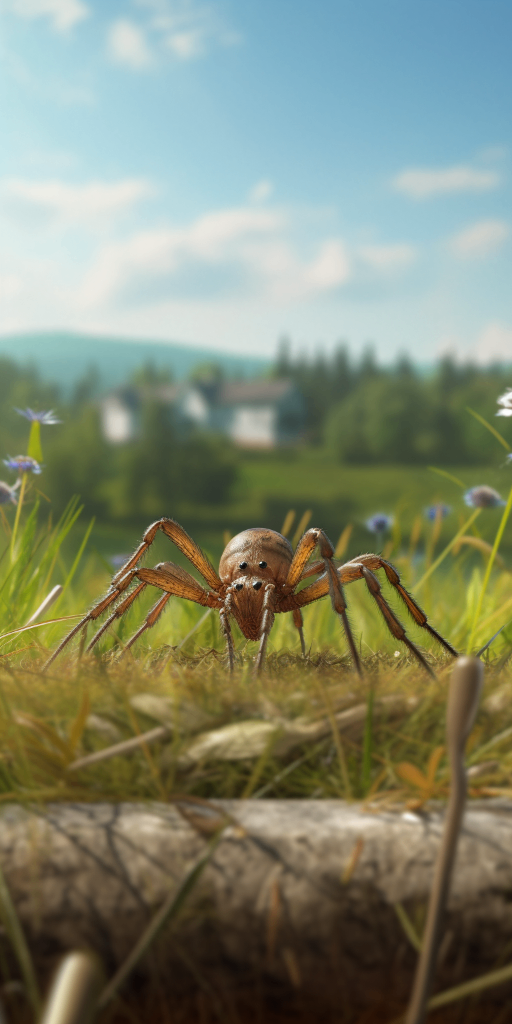
| Hobo Spider | |
|---|---|
| Size | 0.5-1.2 inches (1.3-3 cm) |
| Weight | 0.01-0.03 ounces (0.3-0.8 grams) |
| Speed | Speed: 0.03 mph (0.05 km/hr) |
| Key Strength | Aggressive behavior when threatened |
| Biggest Weakness | Vulnerable to predators |
| Scientific Name | Tegenaria agrestis |
| Family | Agelenidae |
| Habitat | Indoors and outdoors, prefers dry areas |
| Geography | Pacific Northwest region of North America |
| Diet | Insects and other spiders |
| Lifespan | 1 year - 2 years |

The Hobo Spider
The Hobo Spider, also known as Tegenaria agrestis, is a venomous spider found in North America and Europe. It has a dark brown or grayish coloration, with a distinct pattern of yellow markings on its abdomen. The Hobo Spider measures about 1/2 to 2/3 inches in length and has long, hairy legs. Unlike other spiders, it lacks a bulbous abdomen and its body shape resembles that of a funnel. Its venom is not lethal to humans, but a bite can cause necrotic wounds accompanied by mild symptoms such as headaches and nausea.
Fun Fact: The Hobo Spider is often confused with the Brown Recluse spider due to their similar appearances, but they are actually different species.
| Hobo Spider | |
|---|---|
| Size | 0.5-1.2 inches (1.3-3 cm) |
| Weight | 0.01-0.03 ounces (0.3-0.8 grams) |
| Speed | Speed: 0.03 mph (0.05 km/hr) |
| Key Strength | Aggressive behavior when threatened |
| Biggest Weakness | Vulnerable to predators |
| Scientific Name | Tegenaria agrestis |
| Family | Agelenidae |
| Habitat | Indoors and outdoors, prefers dry areas |
| Geography | Pacific Northwest region of North America |
| Diet | Insects and other spiders |
| Lifespan | 1 year - 2 years |
Hobo Spider Matchups
We use AI to simulate matchups between the Hobo Spider and other animals. Our simulation considers size, strength, and natural predatory behaviors to determine the most likely outcome.

Can't find the Matchup you want?
Create Your Own MatchupHobo Spider: Diet, Predators, Aggression, and Defensive Behaviors
What do Hobo Spiders eat?
Hobo spiders primarily feed on insects such as grasshoppers, ants, and beetles. They are also known to consume other spiders, including those of their own kind.
Do Hobo Spiders have any predators?
Hobo spiders have several natural predators, including birds, lizards, and other spiders. Additionally, some insects like parasitic wasps and beetles are known to prey on hobo spiders as well.
Are Hobo Spiders aggressive?
Hobo spiders are not typically aggressive towards humans unless they feel threatened or cornered. In such cases, they may bite as a defensive reaction.
Do Hobo Spiders fight with other spiders?
Hobo spiders are territorial creatures and may engage in fights with other spiders, especially when competing for food or shelter. These fights can be intense and may result in injuries or death to one of the spiders involved.
How do Hobo Spiders defend themselves?
When threatened, Hobo spiders rely on their venomous bite as a means of defense. They will also retreat or play dead if they feel in danger, and may use webbing to deter potential threats.
What is the biggest weakness of a Hobo Spider in a fight?
Despite their venomous bite, Hobo spiders are relatively small in size compared to some of their predators or competitors. This makes them vulnerable in a fight against larger or more dominant creatures that can easily overpower them. Additionally, their lack of agility may also be a weakness when faced with quick and agile adversaries.
Fun Fact: Hobo Spiders are known for their unique hunting technique called "triangulation." They build funnel-shaped webs in dark, undisturbed areas, waiting for prey to stumble onto the web. When the spider detects vibrations from the web, it swiftly rushes out to capture its prey.
Fun Fact: Unlike most other spiders that die soon after mating, female Hobo Spiders can live for up to three years, continuously producing multiple egg sacs during their lifespan. Each sac contains around 200 eggs, ensuring the survival of the species.



